Tobias Graff Talks Lost Ember
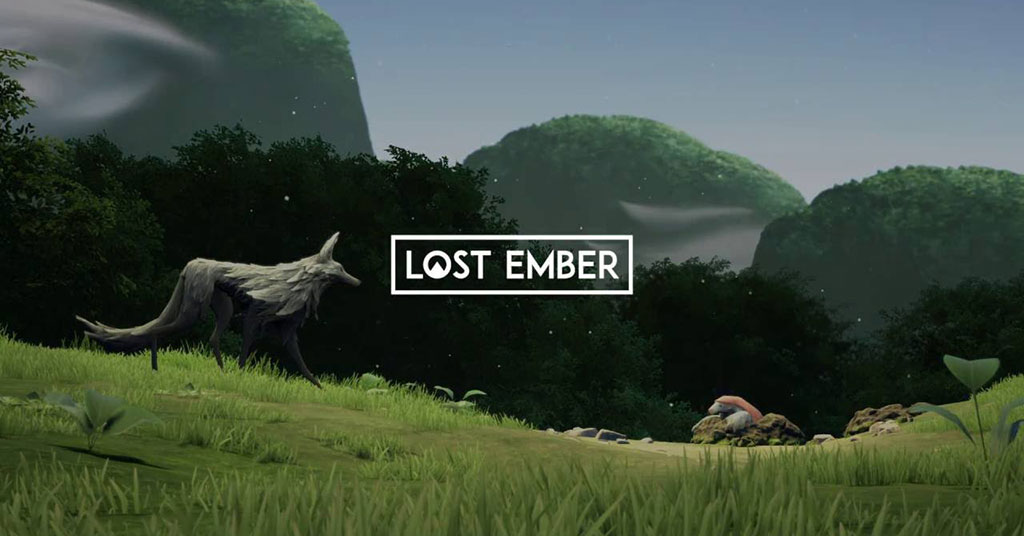
In a gaming landscape as diverse as we currently have today it takes a lot for a new game to stand out and get noticed. Mooneye Studios, a young and independent game studio from Hamburg, Germany, have managed to do just that with their new exploration adventure game Lost Ember.
In Lost Ember, you uncover the secrets of a fallen civilization as a wolf that has to find his place in the world. With the ability to control every animal you see, you have everything you need to find your way to Machu Kila - the city that shall answer all the questions that your mysterious companion raises. Along the way you discover a story of loyalty, despair and betrayal that led to the fall of a whole world.
I had the chance to talk with CEO and programmer, Tobias Graff, about story, music, themes and how they all work together to make an immersive and engaging gaming experience.
Before we get started can you introduce yourselves and tell us a bit about Mooneye Studios?
Sure! We founded Mooneye Studios about 2 years ago after meeting in a game development master’s program in university and working together on a couple of other, smaller projects. The four founders are Max, who is our concept artist and art director, our 3d artist Matthias, and Pascal and me as programmers. All of us worked in different, bigger companies before and realized that that wasn’t for us. We wanted to work on our own visions and have creative input that isn’t just tossed around 1-2 times and then ignored. When we realized that we make an extremely well-functioning team, we started thinking about founding our own studio. And then we did.
Can you tell us a bit about Lost Ember, the story/lore behind it and how you come up with the idea?
Lost Ember is a story-driven exploration adventure that lets you uncover the story behind the fall of an old civilization with different animals. While your main character is a wolf, you have the ability to possess every other animal in the world and with that, of course, great freedom and a lot of possibilities. You don’t do this alone, though. Your companion, who is the last soul of mankind and was once part of the fallen Inrahsi civilization, guides you through his world and can show you in his memories how the world used to look and what happened to him and the people around him that ultimately led to the fall of his world.
It took us a couple of months to really define what Lost Ember should become. We had a lot of ideas at the beginning and worked on different prototypes. The switch mechanic that should allow you to explore the world from different perspectives with different animals was one of the things we decided on the first. We were looking for the perfect world and setting for this a long time and then someday, after a few hours of brainstorming, we came up with this idea of a fallen civilization with a deep history that you uncover part by part.
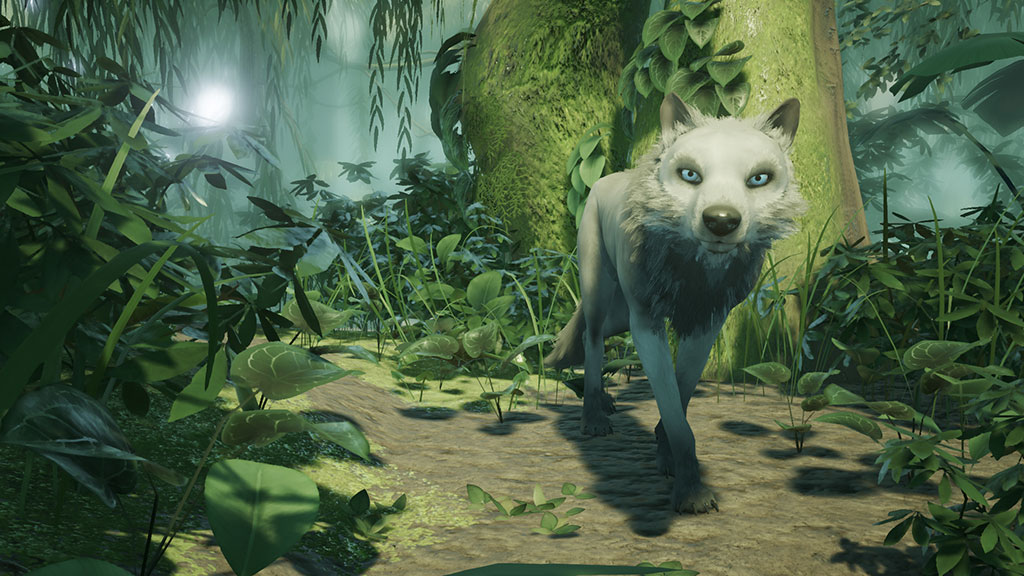
How long has Lost Ember been in development?
We’ve been working on it for about two years now, although we only could do that part-time and with some breaks for a few work-for-hire projects that financed Mooneye Studios until now. Now, with our Kickstarter being as successful as it is, we can finally start working full-time!
Lost Ember gives off a vibe reminiscent to games such as Myst or Journey. What inspired you and how has that driven the overall development of the game?
Games like Journey especially were one of the main influences for Lost Ember. We really liked the concept of reduced mechanics and concentrating on an immersive world and atmosphere. We didn’t start off this way, actually. In the very first concepts Lost Ember had more typical Action-Adventure mechanics and even a combat system. But after playing Journey, Everybody’s Gone To The Rapture, or similar games we more and more moved towards a less mechanic-based concept and had more time to concentrate on the atmosphere. This definitely was an important point in the development, as we finally had a clear vision of what we wanted to do. We started working not with a fun mechanic in mind, but with an emotion we wanted to create. The setting, mechanics, animals, and everything in a certain scene came after that.
Is it safe to say that the main focus of Lost Ember will be on exploration?
Exploration and story, yes. We definitely want to make just wandering through the world as exciting and fun as possible. Our approach is offering a lot of possibilities with not only the different animals, but also a variety of ways the player can go and hidden areas or secrets one can find in the world. We definitely want to encourage players to keep their eyes open and read the environment.
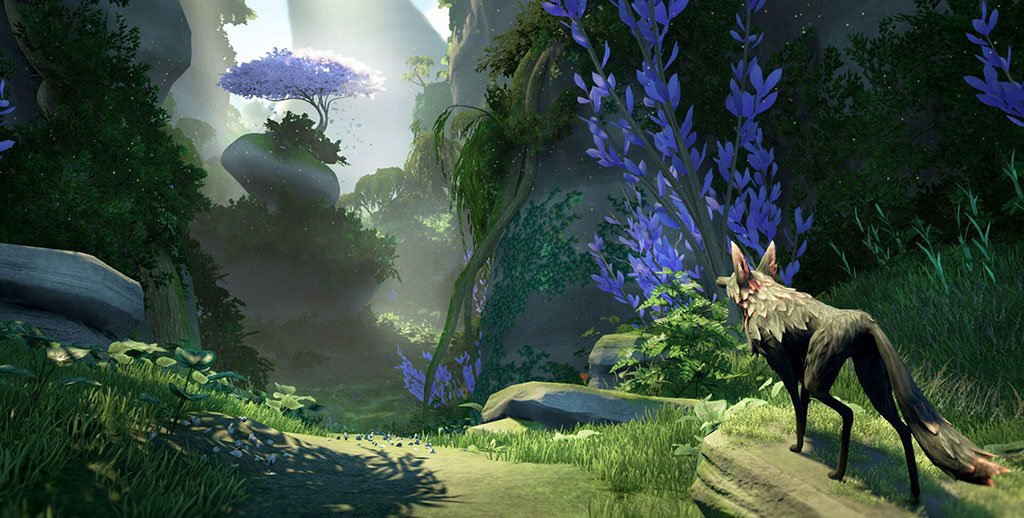
With no player vs player or player vs environment interaction (combat), how does Lost Ember intend keep the player engaged and invested in the game? Are you relying on a mix of environment, visual and audio to help tell the story or will players have a guide of sorts to help push them along?
Both, actually. The story will be told over the environment through artifacts and ruins you can find everywhere. Additionally, you have your companion that I mentioned earlier who can trigger visions of his memories that tell a more personal and deeper story.
How important is audio in immersing and directing the player?
Games in general only feel alive and believable with good sound and music. Especially in our game it's very important because we rely on a great atmosphere. We notice that every time we implement a few new sounds or music pieces. It always feels a lot better after just a few small additions or adjustments and can change the atmosphere totally. And of course it's crucial for the story as well to have professional voice actors that can transport the right emotions.
The core mechanic is the ability to switch perspectives to other animals you encounter along your journey. How did you come up with the idea and how hard has it been to implement the mechanic?
We tossed around a lot of ideas at the beginning and really liked the idea of playing the nature part of a world that tells a story. The world itself as the protagonist. We had different approaches to that and ended up liking the idea of playing every animal in our world the most. Coincidentally, I played Driver: San Francisco a couple of weeks before that. A completely different game that had almost nothing to do with what we wanted for Lost Ember, of course, but they had this mechanic of switching into other drivers and completely changing the game with that. That gave us the idea that led to the switching mechanic in Lost Ember as it is today.
The basic core mechanic was really easy to implement and didn’t take long. But of course the devil lies in the detail. We didn’t want to interrupt the game flow and just stopping the game while you look for a new animal to switch into as it is done in Driver. We wanted a smooth transition that just seamlessly lets you continue in a different body. That means that you shouldn’t have to be perfectly aligned and face your target or doing anything else besides thinking “Yeah, I wanna fly with that bird now” and then becoming that bird, regardless of where that bird is relative to you or how fast you are going. There is still a lot to work on to really achieve that, like the camera behavior, timings, and animation, but I think we’re on a pretty good way.
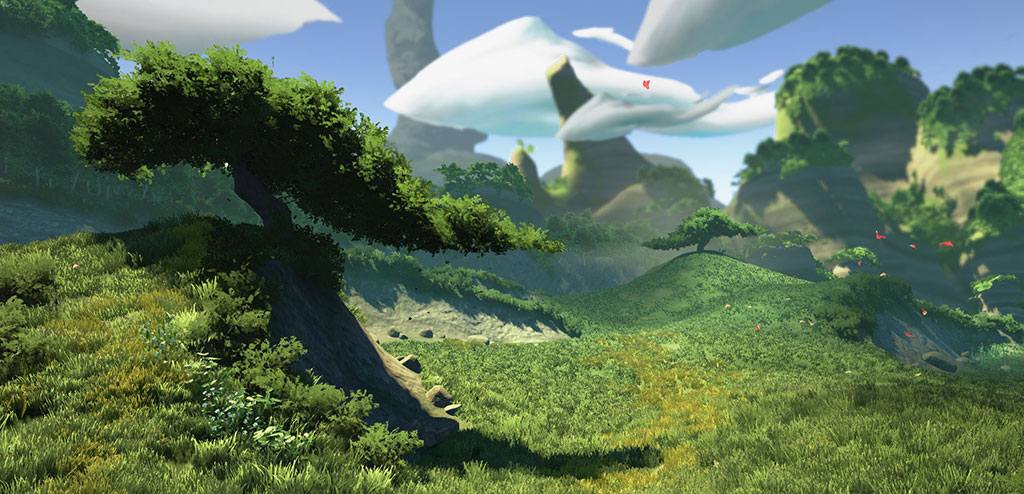
How long are we likely going to spend with each animal?
That’s difficult to answer at the moment, because there will be animals that you will control more and others that you will control less. Not every area in our world is inhabited by every animal, so it is highly dependent on how the world looks. We changed a big chunk of the story recently and will have to adjust parts of the world to really fit that new story, so certain areas might become smaller or larger and with that certain animals might appear more or less often.
Also, this depends on how you play the game. In most cases the animal you play as is really up to you. If you’re running through a forest as the wolf at first and different animals surround you, you can really switch into any of those and play as them. Of course there are areas that you can’t access with every animal, but in general there might be times you are a parrot more often than you are the wolf.
Lost Ember looks to be heavily inspired by Mayan culture. How has that culture helped define and shape the game and how does it tie into the overarching story?
Yes, the Mayan and Inca cultures were definitely the main influences to the story and the world. Our author Florens really dived deep into lots of books and articles about those cultures which helped a lot figuring out how an ancient culture like the Inrahsi might have looked like, how they would have lived and worked, what their beliefs were and how they might have reacted to different events. That were all important questions in creating our story and world and it definitely helps to have real world examples of it.
Visually Lost Ember looks stunning, almost as if the landscapes and characters stepped out of a painting and into the game world. How did you decide on this particular style and who is/are the artists behind it?
It wasn’t what we planned for Lost Ember at first, actually. At the very beginning we thought of a more low-poly, minimalistic style. We gradually changed that trying to get to a look that we felt might better support the atmosphere we want to create. The more realistic quality with stylized forms and colors really appealed to us and allows us to adjust the world to fit a certain mood we want to create in an area.
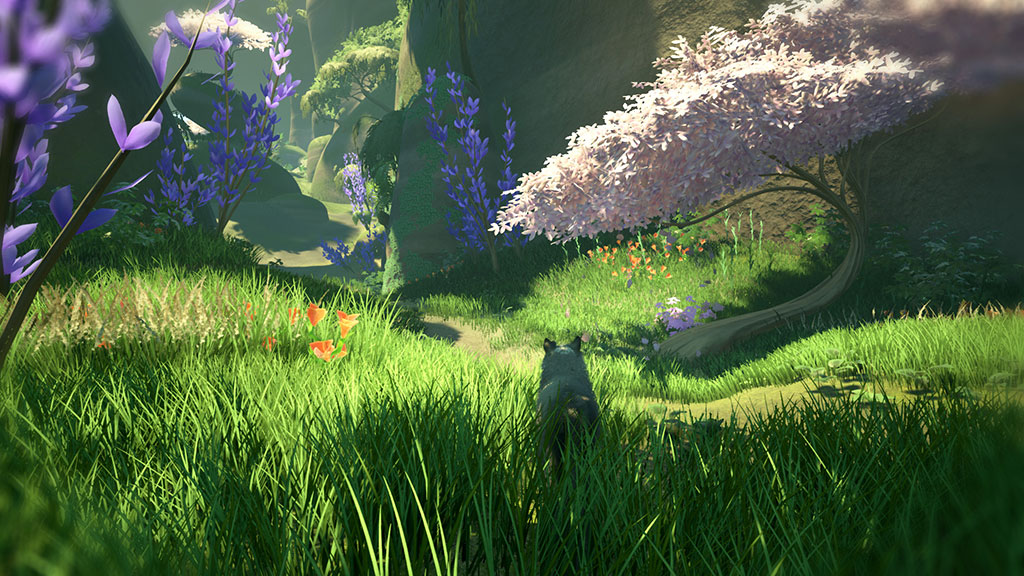
What tools did you use to create this?
We don’t use that much tools aside from the typical tools from Adobe and Autodesk that are probably used in almost every game studio. Max and Matthias of course are highly dependent on their Wacom tablets and we use, for example, Substance to create or tweak a lot of our materials.
Lost Ember has stunning visuals but can you tell us about the soundtrack and if we will be able to get our hands on it?
We were lucky enough to convince Craig Conner and Will Morton to join the team with our very first ideas and drafts. They produce the soundtrack of Lost Ember and are extremely good at what they do. They definitely bring Lost Ember to a new level. And yes, we plan to release the soundtrack along with the game, of course!
You guys have launched on Kickstarter and to great success. What made you choose the crowdfunding platform over a traditional publisher? Is there a chance that if a publisher reached out that you would go that route instead?
We thought a lot about this before launching our kickstarter. We actually talked to a lot of publishers beforehand and they all seemed really interested in working together. The downside for us was mainly, that we would not be able to work as freely as we do at the moment. The team dynamics really benefit from our policy that everyone’s concerns weigh the same and we don’t have to please someone who probably doesn’t understand the game and what we want to do as well as we do. With a publisher at this early point in the development, even if we technically kept creative control, that would change. If you’re financially dependent on someone’s “Okay” it doesn’t help creating a creative work atmosphere. The kickstarter will allow us to fund ourselves at least up to a point where we have made all the important decisions and the game won’t change because of someone external not liking a certain feature. And we might even get to our magic number of 350,000€ (that is ~390,000$) that would fund the whole game without the need of additional funding from anywhere.
If you would like to learn more about Lost Ember, you can check them out at lostember.com or back them on Kickstarter https://www.kickstarter.com/projects/1391673869/lost-ember
About the Author
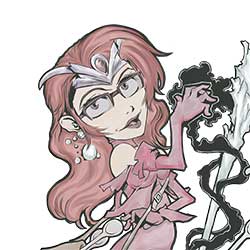
Soren
Writer
Bacon lover. Gamer of games. Tamer of penguins. Lovable Saskie.
Always Remember: Never give up on your dreams, keep sleeping!
